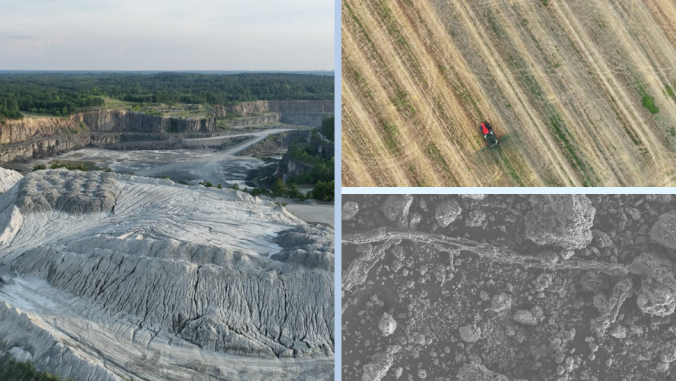GreenBiz 20 mantra: Sustainability’s next phase is about breaking down silos
But making this thinking a matter of second nature could take years, according to main-stage speakers at GreenBiz20.

Investors have not acted nearly as quickly as they should on environmental, social and governance issues, says Erika Karp, CEO of Cornerstone Capital.
If corporations and investors have spent the last decade slowly learning to think about issues such as climate risk and employee diversity — and take them seriously — they’ll need to spend the coming years learning how to make that thinking second nature.
Now that it’s common practice for companies to have a sustainability plan, it’s time for CEOs to look at strategies and policies related to environmental and social well-being as just another integrated part of their company’s business model. Likewise, environmental, social and governance (ESG) investing should simply be considered investing.
Integration as the next phase of sustainability was a consistent theme at GreenBiz 20 during the Tuesday plenary session, with panelists discussing everything from viewing climate risk the same way other risks are viewed, to baking diversity and inclusion into everything a company does.
"Ten years ago, when we talked about sustainability in a board room, it was a sidebar," Mindy Lubber, CEO and president of Ceres, said during one of the main-stage conversations. "Now nobody’s rolling their eyes when we say we’re there to talk about sustainability."
Still, company leadership often separates sustainability from other factors that play into how successful a business is, and that message gets transmitted to others. "You send a very different message on an earnings call when you say, 'Oh, you have a question on sustainability? Let me get my sustainability officer to answer that.’ CEOs have to own it," Lubber said.
Jyoti Chopra, MGM's chief diversity and sustainability officer at MGM Resorts, also a speaker during the opening session, has the company’s integrated way of thinking right in her title, the result of a restructuring that merged the sustainability unit and the diversity, inclusion and philanthropy unit.
"If you look at where the space is going, it’s all about integration," said Chopra, adding that one area where integration has had positive results is reporting. Previously, each unit had its own very different system of reporting, but with the integration it’s become much more efficient and easier, Chopra said.These are major material risks to the company and the economy. It’s not just an ESG risk.
"You’re sharing practices, you’re sharing policies. You get more efficiencies," she added."There’s also a greater level of transparency."
Having a more diverse workforce is not only the right thing to do, research shows that it’s good for business.
For example, private equity and venture capital firms with gender-balanced senior investment teams generate investment returns 10 to 20 percent higher than those with a majority of male or female leaders, according to the study released last year by the International Finance Corporation, a member of the World Bank Group, in conjunction with Washington, D.C.-based alternative investment firm RockCreek and investment consultant Oliver Wyman.
The study also analyzed the portfolio companies receiving private equity and venture capital funding and found that companies with gender-diverse leadership teams outperformed their less-diverse counterparts by 25 percent.
With all the increased interest in ESG investing and progress in talking about "climate risk" and "water risk," investors have not acted nearly as quickly as they should, said Erika Karp, CEO of Cornerstone Capital.
"The amount of money we’ve moved is nothing compared to the systemic risk to the financial system," Karp said. "The reason I say it’s nothing is because this is a systems problem. In thinking about complexity and intersectionality, I don’t think we have the scale of systems change we need."
The stakes are extremely high. One study estimates that if we fail to meet the goals of the Paris Agreement and temperatures rise by 4 degrees Celsius, losses to the global economy could top $23 trillion per year, or three or four times the damage done by the 2008 financial crisis.
Likewise, a report from the U.S. government estimates that unless significant action is taken to mitigate global warming, the cost to the country could be nearly half a trillion dollars annually by 2090.
"People sometimes think that somehow these aren’t real risks," Karp said. "These are major material risks to the company and the economy. It’s not just an ESG risk."





